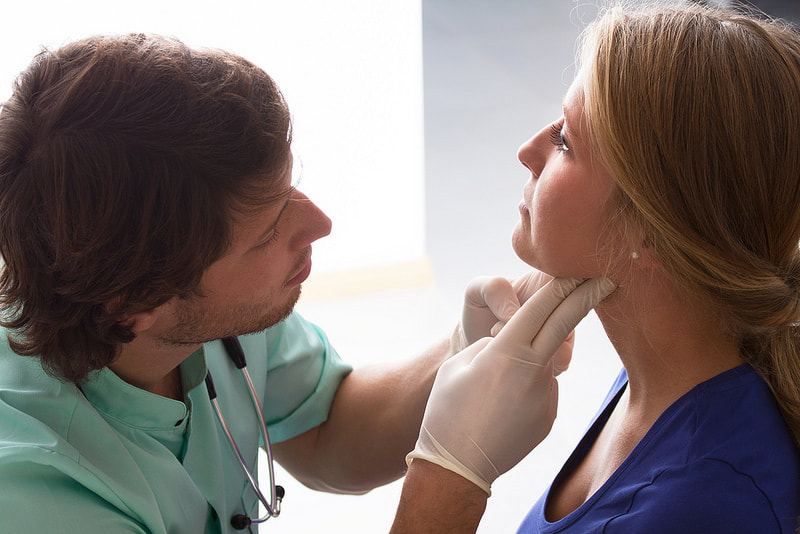 I think most of understand that the immune system is the gatekeeper of our health. It protects us against the proliferation of pathogenic microorganisms like bacteria, viruses, and fungi but is also involved in tissue repair following injury. Our immune systems, much like other expressions of our physiology, possess adaptive function. For example, once infected by a pathogen, adaptive immunity engages, developing specificity (antibodies) against those foreign bodies (antigens) as well as "memory" to mount a more efficient defense should the same pathogen return. In some circumstances, our immune system can become functionally depressed (immunodepression), which can leave us more prone to infection. Such circumstances include heavy training schedules coupled with the rigorous demands of competition (e.g. stress of expectations, dieting to make weight, overuse of stimulants, and interrupted sleep schedule), and overall unbalanced diet. Chances are that if these circumstances describe your training routine, then you could be a prime candidate for immunodepression. So what does some of the research indicate? Peters and Bateman (1983) and Niemen et al. (1990) both described a 2 to 6-fold frequency of self-reported upper respiratory tract infections (URTI) in athletes who competed in long-distance foot races. Mechanistically, acute bouts of physical exercise produce physiological reactions similar to the presence of infection: an increase in circulating white blood cells (proportionate to exercise duration and intensity), and increases in leukocyte modulators (e.g. acute phase proteins). Hormones with immunomudulatory effects are also released in response to exercise (e.g. adrenaline, cortisol, GH, and prolactin). After prolonged exercise, immunoglobulin and B-lymphocyte suppression occurs, creating a possible "window of opportunity" for ambient pathogens (Pederson and Bruunsgard 1995). There are several angles from which training, particularly endurance training, affects our immune system, such as:
CHRONIC STRESS Leukocytes comprise the bulk of the immune system in form and function. Repeated bouts of intense or prolonged exercise, and the stress it incurs, can suppress their circulating numbers and functional capacities. Drops in circulating glutamine have also been suggested as a cause for immunodepression, though this has not been sufficiently validated. Muscle damage induced inflammation may also be a factor. An increase in gut permeability may permit entry of gut bacterial endotoxins into circulation, though this is most only of concern with prolonged exercise in hot conditions. The increased rate and depth of breathing may increase exposure to airborne bacteria and viruses, particularly in crowded, poorly ventilated environments. NUTRIENT DEFICIENCY Studies suggest that exercise increases nutrient utilization, and thus their requirements (i.e. amount needed to maintain health). Nutrients however can be further divided more specifically into macronutrients (required in large quantity, i.e. >3g) and micronutrients (required in minute quantity, i.e. <3g). With a balanced diet, sufficient intake of both macronutrients and micronutrients is hard to screw up. However, exclusion diets or very low-calorie diets can create deficiencies in either group. Whether or not a "normal" diet is sufficient to accommodate these increased requirements is likely highly individual and dependent on the duration and type of training involved. There is not a lot of evidence pointing to potential inadequacy in athletic groups, except in those athletes who are dieting or who fail to consume a well-balanced diet. That being said, it is thought that marginal deficiencies of vitamins in sedentary individuals may elicit small effects, but that those effects are amplified in highly active athletes. Exercise may induce deficiencies through decreased absorption in the G.I. tract, increased sweat and urination, increased nutrient turnover, and bio-chemical adaptations to training (i.e. the faster and further you drive, the more fuel you need). FAT SOLUBLE VITAMINS (A, D, E, K) As long as you are not actively avoiding the following foods or food groups, you will not find yourself at risk of a deficiency. Furthermore, fat-soluble vitamins are retained in your own fatty tissues, making deficiency less likely compared to the water-soluble vitamins. Vitamins A and E are required for normal immune function.
WATER-SOLUBLE VITAMINS (B1, B2, B3, B6, B12, C, Folic Acid, Biotin, Pantothenic Acid) Of the following vitamins, B12 and Folic acid are directly involved in the formation of leukocytes (white blood cells) that defend the body against infection, with Ascorbic Acid (Vit C) being required for their normal functioning.
The RDA for the above nutrients is set to cover about 97% of all healthy individuals who consume a "normal" diet. However, it is also a couple of deviations off the actual requirement to avoid deficiency. In other words, you can come up short of the RDA for any of these vitamins, and not actually be in danger of a deficiency. This buffer allows for some genetic variation between people, including differences in age, gender, and size. I think it should also be mentioned that missing the RDA one day and hitting it the next is normal and healthy, and you should not fuss about maintaining those levels each and every day. MICRO and MACROMINERALS At least 20 minerals are known to be essential to humans, with 14 trace elements being essential to maintaining health. The seven macrominerals are potassium, sodium, chloride, calcium, magnesium, phosphorus and sulfur, with copper, zinc, and iron representing some of the more familiar trace elements. Of the minerals essential to health, a deficiency in any the following are known to impair immune function, slow healing, or increase infections in humans:
Again, unless you purposely avoid any of the food examples listed above, deficiency in any of their associated minerals is rare. However, as said before, athletes engaged in strenuous activity do have increased demands. Regular exercise, especially in hot environments, incurs increased losses of multiple minerals in sweat and urine. Iron and Zinc deficiencies are not uncommon, and Iron losses in sweat can be as high as 0.3 mg iron / L of sweat. Sweat production can be 2L / hour in hot conditions. An athlete training for 2 hours in such conditions could lose 1.2 mg of iron. Note that the RDA for Iron is set at 8 mg (18 mg for females), however the absorption rate of Iron in the gut is only about 10%. This would require an additional 12 mg of additional dietary Iron to recoup losses due to sweat, essentially doubling an athletes daily requirement (from 8 mg to 20 mg). All that said, recorded Iron losses in sweat vary greatly. Another thing to consider is that well-trained athletes have well-trained muscles possessing adaptations such as increased myoglobin concentration and red cell mass. Such adaptations may further increase the requirement for Iron. It would not be a great stretch to suggest that athletes with or in pursuit of larger muscles (hypertrophy) would naturally retain more Iron, justifying supplementation. A word of caution: Contrary to other minerals for which excess intake is balanced by increased urinary excretion, Iron can build up to toxic levels easily in the body when intake exceeds requirements. Unless you are chronically anemic or have difficulty utilizing Iron from your diet, supplementation may not be warranted, even for athletes. LOW-CARB DIET Studies have demonstrated that subjects performing prolonged exercise on a low-carb diet (<10% of dietary energy) for several days, have markedly higher stress hormone and cytokine responses compared to moderate and high-carb diets (Gleeson et al. 1998; Mitchell et al. 1998). Consuming carbohydrate during exercise attenuates several markers of stress and immunodepression, such as rising cytokines, cortisol, and epinephrine (Nehlsen-Cannarella et al. 1997); neutrophil:lymphocyte ratio; and slows T-cell diminution (Henson et al. 1998). It should be stated that glucose is an important fuel source for immune cells, which have high metabolic rates. PROTEIN DEFICIENCY An overemphasis on carbohydrate consumption, combined with inadequate caloric intake, can potentiate a protein deficiency in athletes, for whom an increased protein requirement has been well-established. The T-cell system is highly dependent on sufficient amino acid availability. Protein energy malnutrition (PEM) depresses the number of fully-matured T-lymphocytes, impairs phagocytic cell function, and decreases cytokine production. A lot of noise has been made over the decades regarding glutamine, over-training, and immune health, and reductions in circulating glutamine do occur as a consequence of prolonged exercise. However, despite maintaining plasma glutamine concentration, the evidence to show that oral supplementation of glutamine actually affects immune function perturbations is lacking (Rohde et al. 1998; Walsh et al. 2000). Sure enough, a review by Hiscock and Pederson in 2002 concluded that falls in plasma glutamine concentration are not related to immunodepression. Regardless, an additional intake of 20-30g of protein per day can restore depressed plasma glutamine levels in overtrained athletes. Hooray for protein! As a quick aside, intakes of many micronutrients beyond specific thresholds reduce immune responses. The best approach is to eat a well-balanced diet, eat enough calories to support training needs, avoid training longer than 2 hours or consider a carbohydrate/protein supplement during your session, take days off, get enough sleep, and monitor mood and fatigue levels throughout your training season. Resources: Jeukendrup, Asker E, and Michael Gleeson. Sport Nutrition: An Introduction to Energy Production and Performance. Champaign, IL: Human Kinetics, 2010. Print.
0 Comments
On June 4, 2018, the Journal of the International Society of Sports Nutrition (JISSN) published an open access research article by D. AyotteJr and M. P. Corcoran, comparing the effects of a Personalized hydration plan (PHP) to a Normal (ad libitum) hydration plan (NHP). The article reviewed previous findings in other research worth knowing.
Background:
The Study:
Methods (PHP):
Athletic Assessments:
Results:
Compared with pre-training performance:
Observation:
|
NANAIMO'S BEST kettlebell group, strength & fitness classes | (250) 713-1262
CategOries
All
Archives
February 2024
|
Get Social! |
Closer Than You Think!11 Giggleswick Pl
Nanaimo, BC V9S 2V7 |

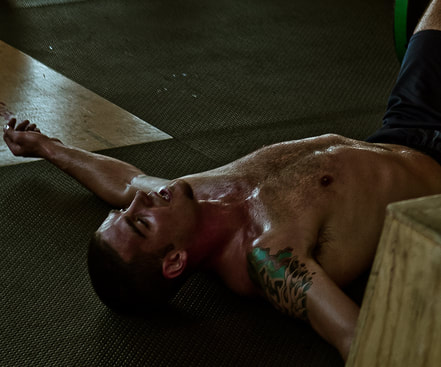
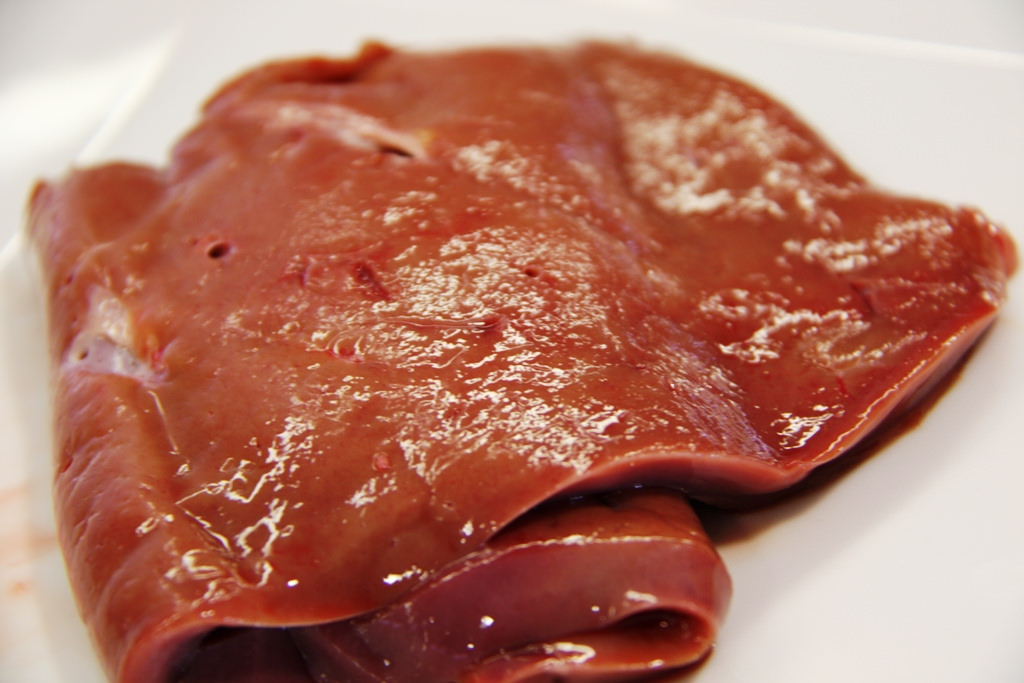
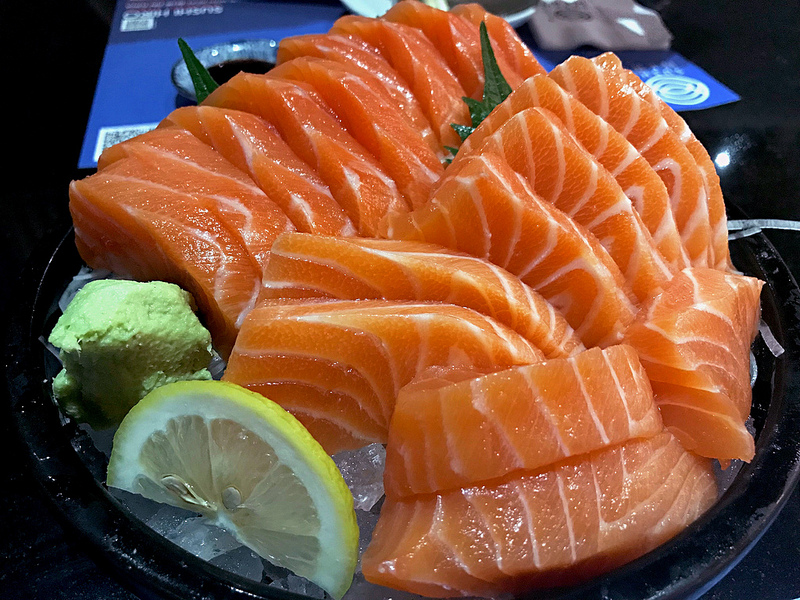
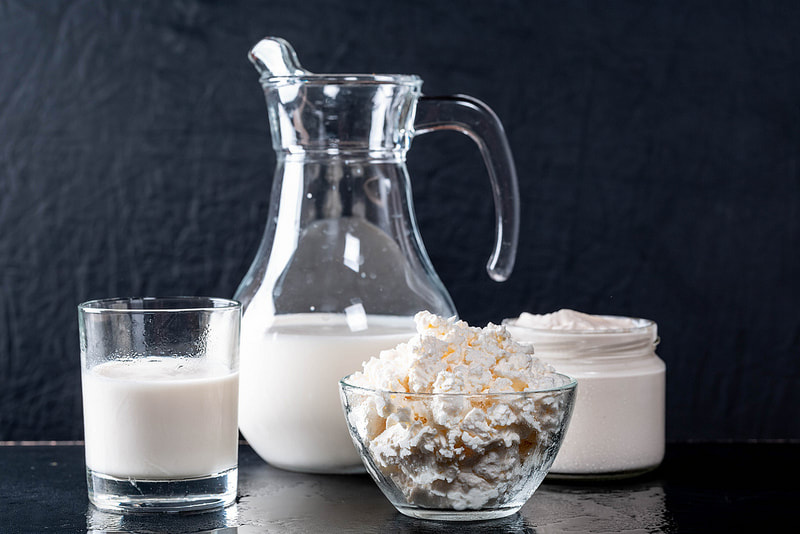
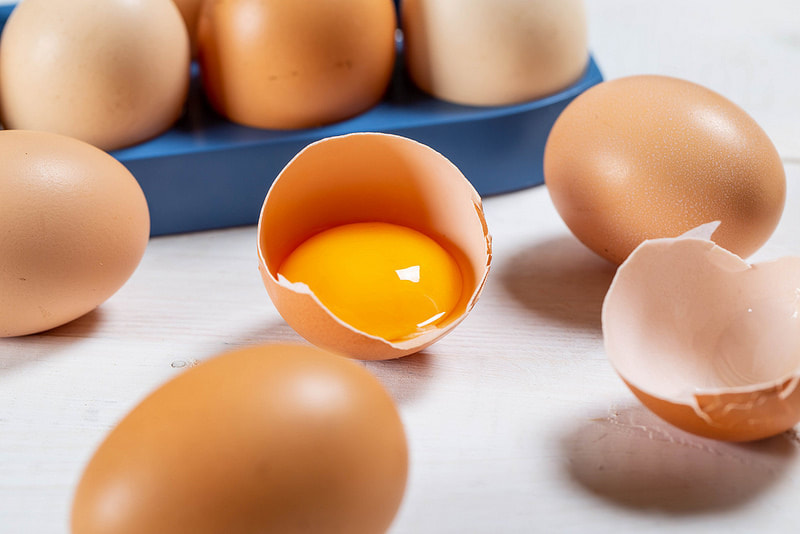
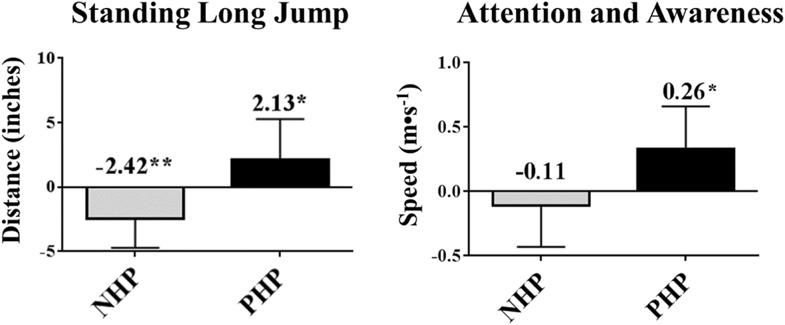
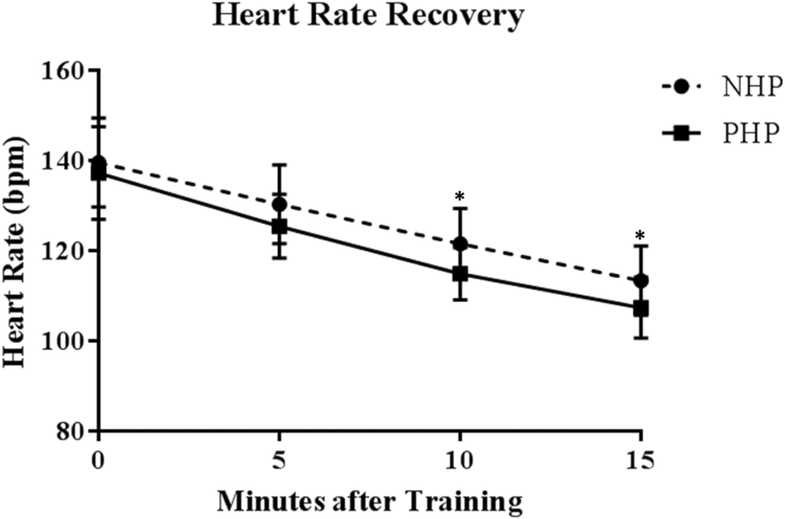
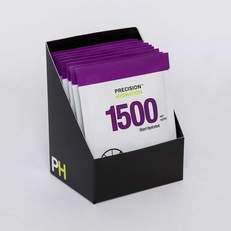
 RSS Feed
RSS Feed
